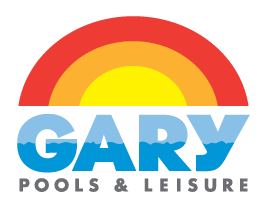For many spa owners, regular service and maintenance from a professional are worth it. Regular service can help to ensure that your spa water is always safe, enjoyable, and ready to use. A professional can also use this time to inspect your spa, looking for any issues or potential problem areas that could lead to damage, an imbalance in water, or costly repairs, and rectifying the situation before it grows into a larger issue.
To learn more about our professional hot tub service solutions, contact our experts today.
